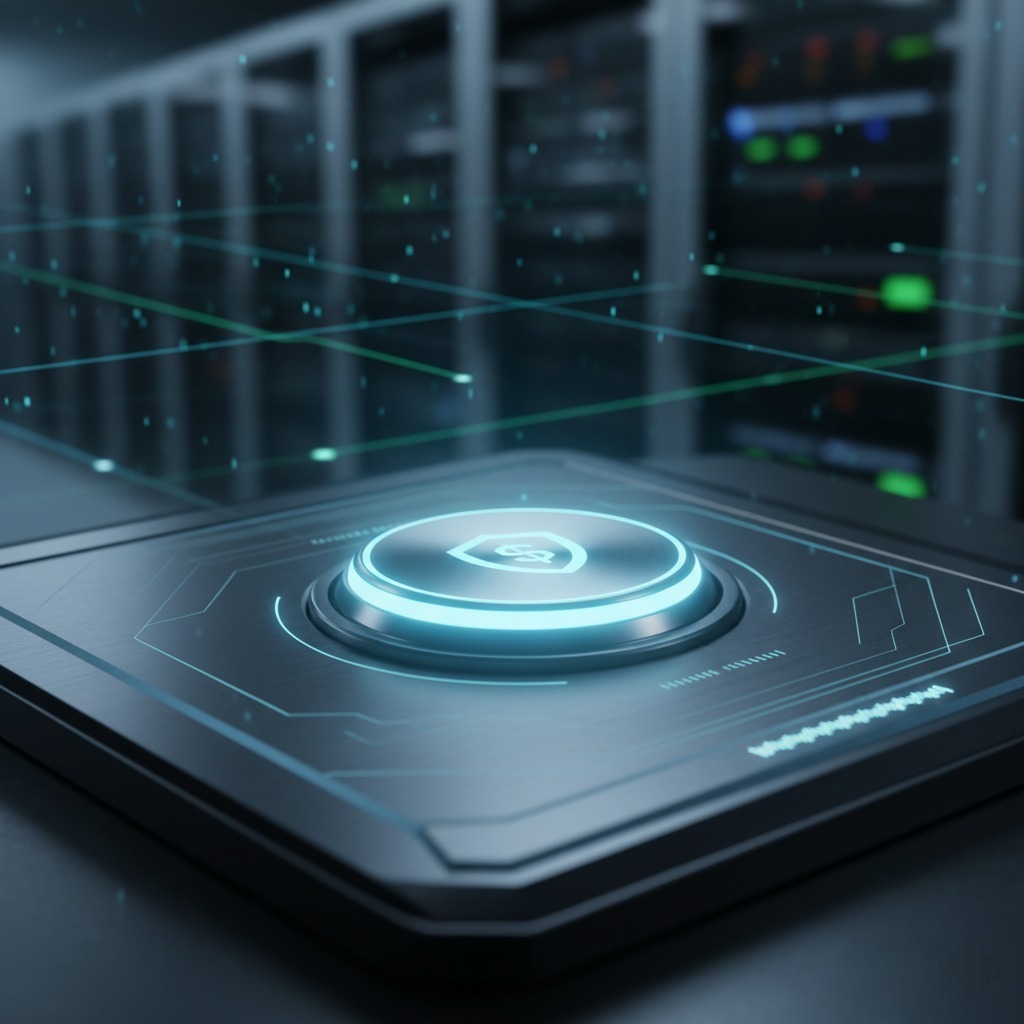Remote Infrastructure management has witnessed tremendous change in the last five years encouraged by cloud adoption and hybrid IT to manage vendor lock-in, agility, scalability and cost-efficient computing.
The year 2020 will witness a sharp change in pace for infrastructure management as CIO would be required to create deploy, manage, monitor and govern application ecosystem. CIO would be required to change the way of working by moving away from traditional remote infrastructure and management practices to adopting of digital aligned solutions that will be going to have an everlasting impact on infrastructure operations
Organizations that are revisiting their outsourcing of infrastructure services are required to strategically plan the selection criterion of the vendor. The key areas where CIOs need to focus in the year 2020 while selecting remote infrastructure services vendor are:
- Level of Automation:
Legacy infrastructure management services used static tools, manual processes and analysts to achieve cost efficiency, quality and resilience but as the system are becoming complex and on-demand services the automation has become the key to increase cost-efficiencies and improve quality.
Automation has allowed us to manage configuration, change and proactive events and alert management, security management and this all are being done at the data centre, security network and application level.
- Disaster Recovery for Hybrid IT:
CIOs are acknowledging that in the event of a disaster, in a hybrid IT model, the traditional approach for recovery will be going to fail miserably. It is required that your RIM vendor is capable to manage disaster recovery.
- Managing Distributed Data:
As the data is being created and processed outside the data centre and cloud making it highly distributed, the RIM vendor should have the ability to protect and manage the data needed.
We design IT infrastructure solution keeping data-driven system in mind and identify where data is being stored, what would be the data growth rate and how it would be consumed.
- End Customer Experience Management:
There is no such thing as value-add any more everything has become part of the expected delivery. End-users demand a seamless integration, instant feedback and very high availability. For us, the management of infrastructure services for these systems is crucial as we understand corrective and preventive actions can increase CSAT and eventually market value.
- Supporting Democratization of IT:
As we can see there is a shift towards remote working the IT infrastructure is under immense pressure to provide a safe and secure workplace. We assist organizations to have a system in place so that their system and data can be safely accessed so that they can work remotely


.jpg)
